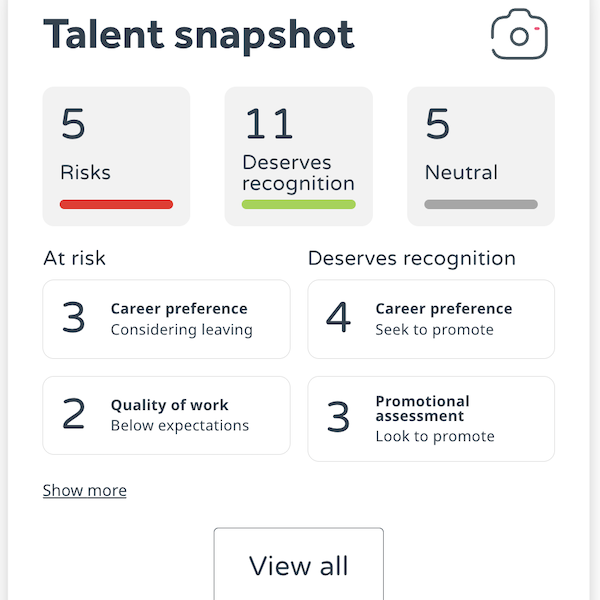One thing that stands out from our discussions with employees is the near-universal dread of the annual performance review. And many managers hate it as well. ‘The annual rigmarole of making it look as though some progress has been made on last year’s ‘goals’ and then thinking up something that sounds plausible for next year’, as one manager put it. She finds the whole process is humiliating and does not improve employee engagement, so goodness knows what her staff think.
Now this is a shame, because companies need to know what the learning needs are among the staff, what is working well and what isn’t, who has potential and should be stepping up, etc, and the annual review ought to reveal some of these things. But hang on – shouldn’t managers already have that information anyway? And if they don’t, what are they doing in the time they spend managing their people?
One of the worst ideas in our culture is that the job of management is to tell people what to do: to ‘motivate’ staff by giving them their new targets, telling them the results they must produce and then imposing sanctions if they don’t achieve. As an engagement style, this leaves something to be desired, and anyway doing it once a year leaves a whole swathe of time for people to drift back into doing what they did before. So if this is the focus of the annual review – which it often is – it means the staff and management are going through all that pain for little if any benefit.
So what would a complete system for managing staff relationships, learning and performance look like? How could it create engagement and motivation rather than resentment? You would need two things: a way of auditing how well the work is working for the employee – regularly, unobtrusively and reliably, and a framework for engaging with the staff so they know that the opportunities and problems revealed by the audit are going to be used as a means to focus learning and improve job satisfaction. Using such a framework would get us above the whole debate about styles of management or leadership, cutting straight to the practical steps a manager or other staff member will have to go through in order for improvement to occur.
These steps will all involve learning. Staff have to learn when they take on new work; managers have to learn what it is staff don’t know and provide a route to that knowledge so the work can be done. If staff are to want to do the work, they have to learn that doing it will meet their underlying needs, so managers have to learn what those needs are and whether or not the workplace provides them before they can understand why staff do or don’t want to do the work. This is why I suggested in a previous post that the main currency of an organisation is knowledge – and this applies in all organisations, not just those that think they are working in the ‘knowledge economy’.
Now, learning is a continuous process – it has to be for the things you do to have any meaning – so you don’t just do it once a year at the annual review. This is why an organisation that wants to grow and develop needs something more responsive than a yearly box-tick to manage the learning and development needs of the workforce. The logical people to do this work are the managers, and once they understand how important their role is in maintaining the learning culture their jobs will seem more meaningful too.
We can give you the tools to make this work, and if you follow it through you will end up with a group of people who understand what they are to do, are able to do it, and feel better as a result. They will also feel motivated and engaged with the company’s aims.
And all this without having to do the ***** annual review…
Have a free demo of WeThrive to find out more.
